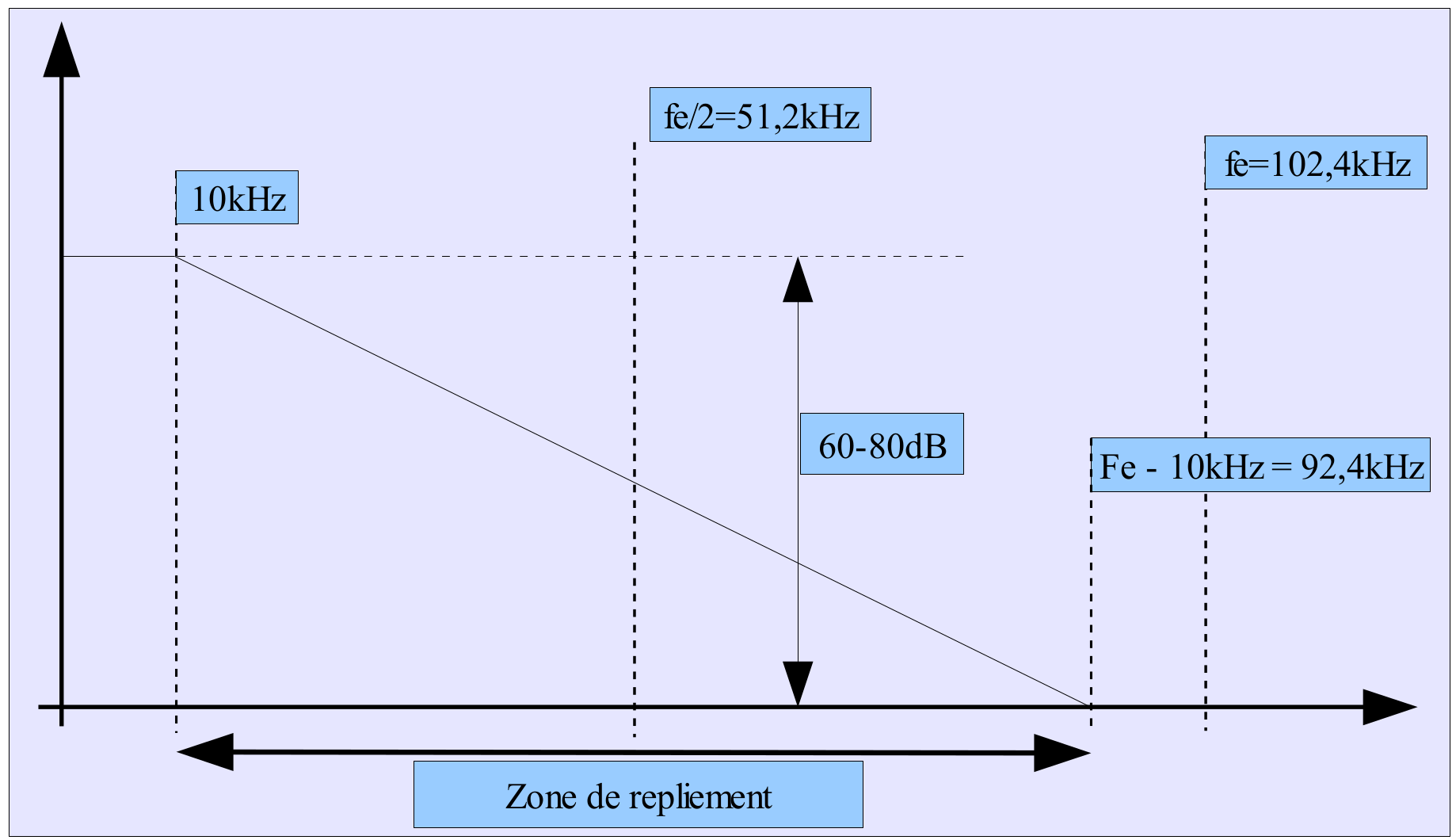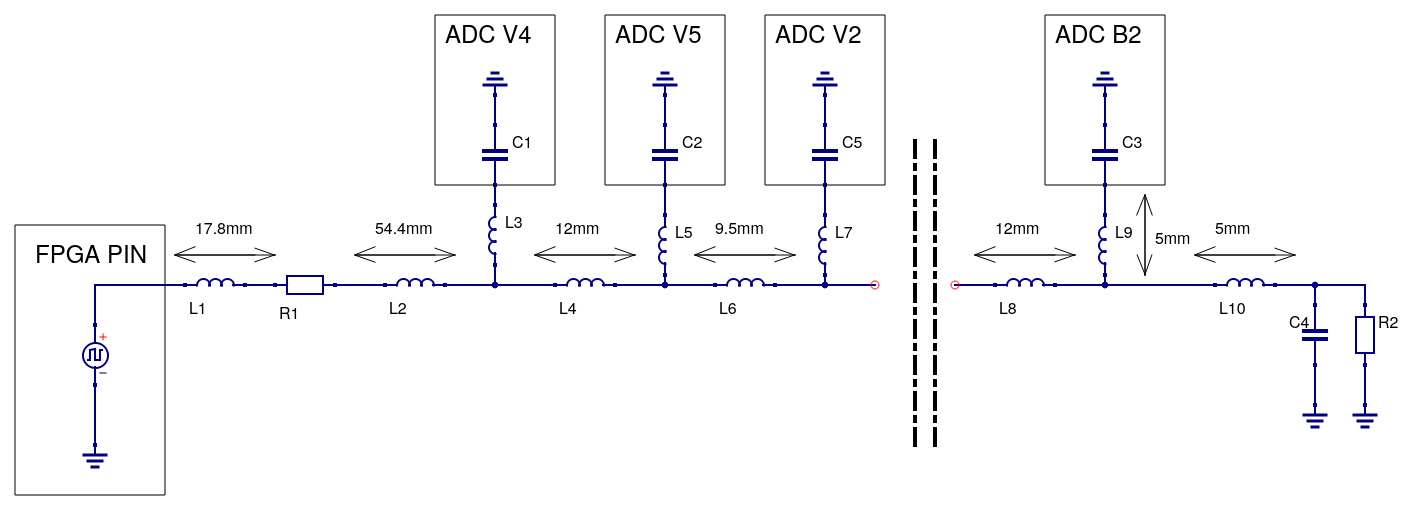Low Frequency Receiver (LFR)¶


Alexis Jeandet <alexis.jeandet@lpp.polytechnique.fr>:
Github:jeandet |
Gitter:jeandet |
IRC@freenode:jeandet
Laboratory of Plasma Physics (LPP)¶
Laboratory of Plasma Physics (LPP)¶
- Since 2009, fusion between LPTP and CETP
- Around 110+ people
- 3 Scientific teams, [Fusion, Cold, Space] Plasmas
Laboratory of Plasma Physics (LPP)¶
Plasmas are used in many daily applications, TVs, lights, energy production, air cleaning, IC manufacturing...
On the cosmic scale, 99 % of observed matter is ionized and therefore in the plasma state.
Laboratory of Plasma Physics (LPP)¶
- Natural Plasmas are mostly in space and need in-situ measurements such as:
- particles (particles detectors, spectrometers)
- E-field (Electric antenna)
- B-field (Search-coils, Flux-gates)
Solar Orbiter¶
- Sun observatory and Solar wind in-situ measurements
- Launch date: end of 2020
- Orbit 0.3 -> 0.8 AU
- Mass total/payload: 1800kg/190kg
- Power 1100W
- Data downlink ~150 kbps
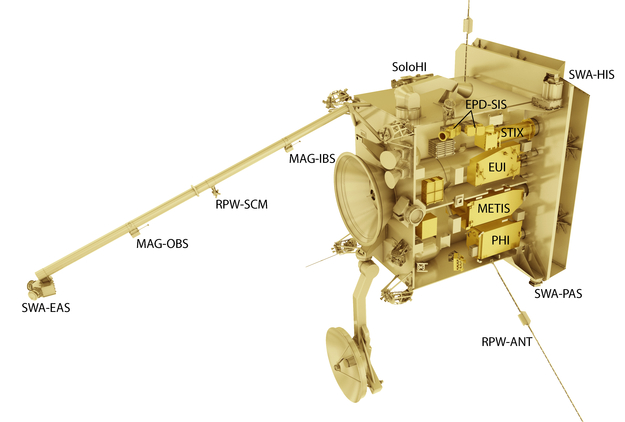
Solar Orbiter¶
Small amount of telemetry implies heavy onboard computation.
Radio Plasma Waves instrument (RPW)¶
- Focuses on waves( E field & B field ) measurements from ~0Hz to 16MHz
- Composed of BIAS, TNR-HFR, TDS, DPU, LVPS-PDU, SCM, LFR
- ~10kb/s average telemetry
- ~5.5kg
- ~13W
Radio Plasma Waves instrument (RPW)¶

Low Frequency Receiver (LFR)¶
- Produces waveforms at 24576Hz, 4096Hz, 256Hz and 16Hz (F[0,1,2,3])
- Computes 256 points FFTs on F0 to F2 continuously (5 components 2E and 3B)
- Computes and averages Spectral Matrices continuously (5x5 matrix)
- Extracts high level Plasma quantities such as normal wave vector, wave ellipticity estimator, wave degree of polarization, z-component of the normalized Poynting vector, phase velocity estimator,...
- Provides continuous waveforms up to 4096S/s on demand (Burst modes)
Low Frequency Receiver (LFR)¶
- 5 E-field and 3 B-field waves from ~0Hz to 10kHz -> 8 inputs
- less than 2W
- ~3-4kb/s average telemetry
- 240x160mm form factor
- Radiation hardened and fault tolerant
- -30°C : +75°C temperature range



Ok, digital filter(s) but which one(s)?¶
- FIR -> too many operations and memory
- Multi-rate FIR -> still too many memory
- CIC -> benefits come at high decimation rate, sin(X)/X like TF
- IIR -> needs careful design

98 304Hz to 24 576Hz filter¶
- 5 stages Direct Form I
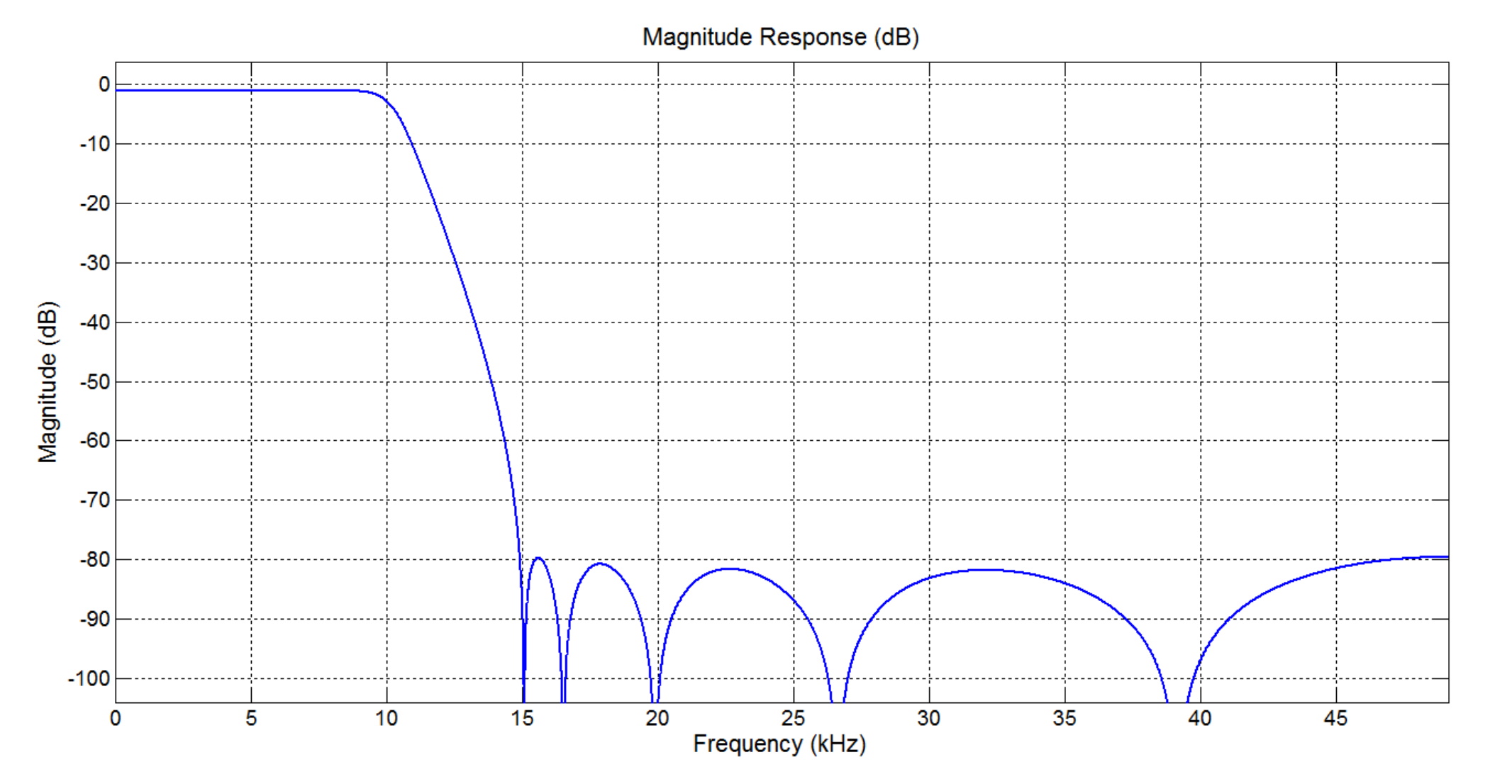
98 304Hz to 24 576Hz filter¶
RTL implementation flow, don't try to be smart¶
- Matlab or SciPy.signal
- Naive implementation C/C++/Python...
- Fixed point conversion/optimization
- RTL implementation with tests
observations:
- impulse response is easy to compute...
- one can read/write files from VHDL simulation...

Offset bug¶
Sometime LFR starts with a random offset or an oscillation on some channels
- reproduce on instrument
- investigate
- reproduce on simulation
- implement non regression test
- fix the bug
- buy new FPGAs :(


Offset bug¶
- When initialized with random content a fixed point recursive filter may start in an "unstable" state
- Doesn't affect floating point implementation of recursive filters
- Always reset filters with 0!
Done with bugs?¶

ADC bug -20°C¶

ADC bug¶




Reminder, LFR SOC¶

SocExplorer¶
a flexible framework to test them all¶
- Focuses on SOC control/exploration
- Allows from IP unit testing to system level performances measurements
- From manual registers investigation to automated head-less tests batch
- Gives a remote access to the whole SOC memory from your computer
- Heavily extensible with plugins
- Script with Python -> can virtually do anything with python
- Used for all LFR tests, from hardware to software
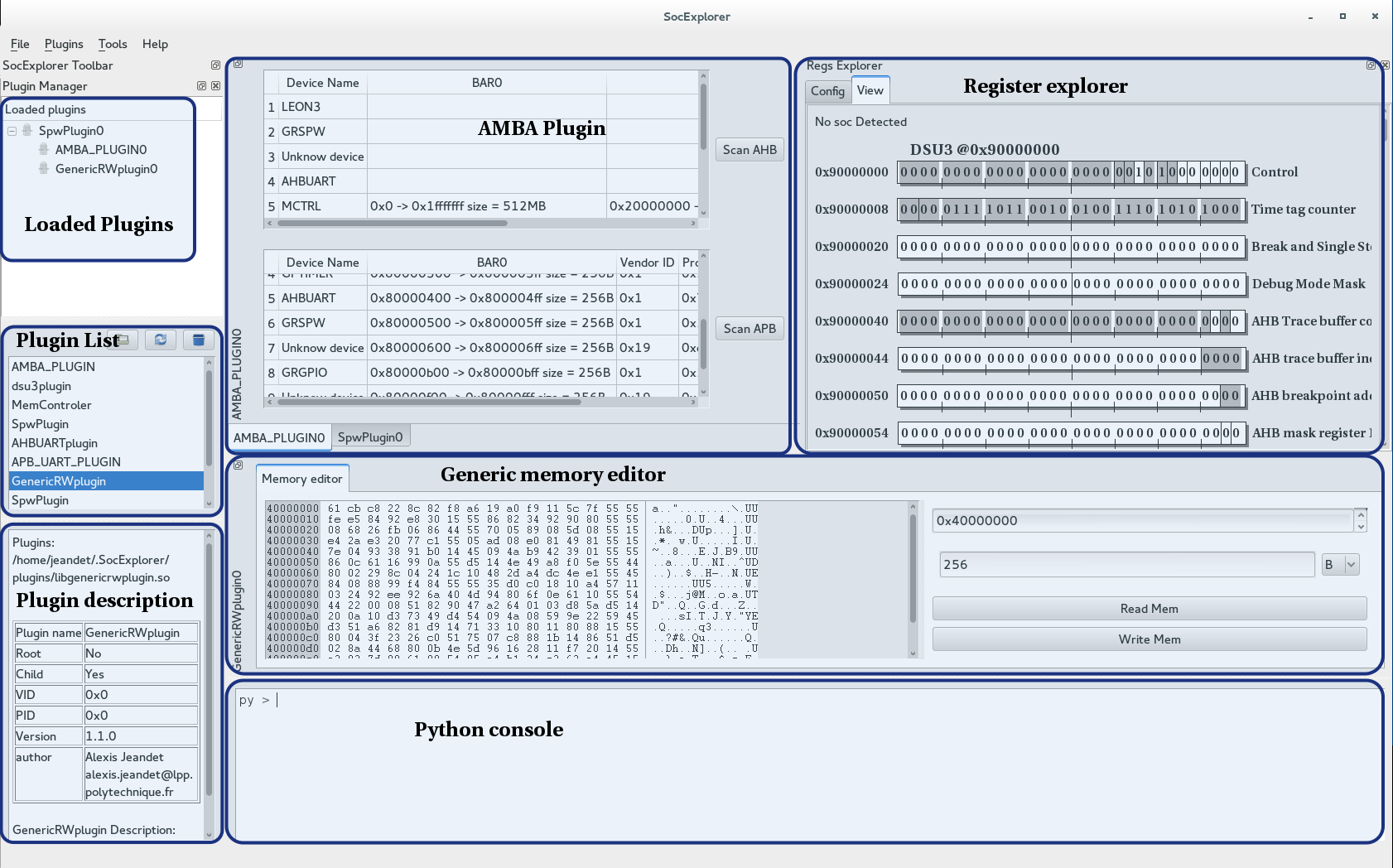



Lessons learned¶
- What is not tested doesn't work
- Tools are the key to success
- Prefer open source solutions to proprietary ones
What next?¶
- Both code and HW are open source!
- Next generation could rely on tinny CPU arrays -> ASIC? RISC-V?
- Onboard machine learning for event detection and classification
- A lot of reusable blocks for ground equipment
- Open source flexible testbench under development
- Analyzers knowledge used for next generation digital search-coils
Contributors:¶
- Thomas Chust
- Paul Leroy
- Martin Morlot
- Yannic Simon
- Clotilde Laigle
- Pedro Luiz Coelho Rodrigues
- Gerald Saule
- Jean-Christophe Pellion
- Bruno Katra
- Veronique Bouzid
